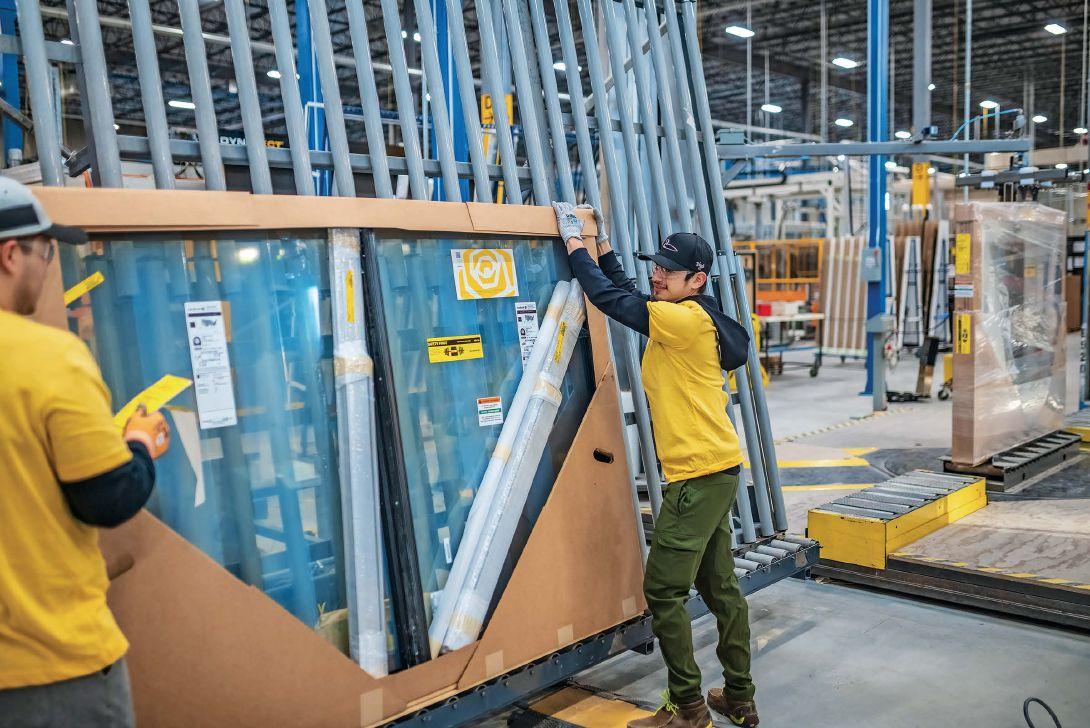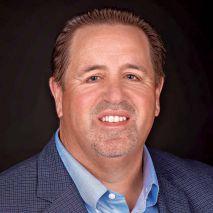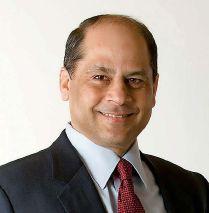
4 minute read
‘A blessing and a curse’ Regional businesses feel the push, pull of pandemic effects, interest rates

By Sam Easter
Darrin Peterson, president of Minnesota-based Marvin, points out that the window- and door-maker has been operating for more than a century — and that he himself has been on board for more than three decades. “Of all that time, the past three years have been a wild ride,” he told Prairie Business in an email. “I can vividly remember when we grounded our planes and stopped all travel in March 2020 before Marvin’s order files fell off
30 percent in April, only to be followed by an explosion of demand after the 4th of July that summer.”
For many businesses, the tumult that has marked the pandemic era hasn’t stopped. Whipsawing demand created by the virus gave way to supply chain issues, paroxysms in the labor market, and finally intense inflation and rising interest rates. To lead a business in the last few years is to sail through choppy waters.
And as Marvin leadership peers into the future, so too are business leaders and financial experts all around the upper Midwest — where some communities have notched important wins. Marvin has added three Fargo buildings during the last year; Grand Forks is celebrating a new soybean-crushing plant from Epitome Energy.
I THINK WE STILL SEE ADDITIONAL RATE HIKES, WHICH ULTIMATELY END UP BEING SOMEWHAT DETRIMENTAL TO CONSUMER SPENDING — BECAUSE CREDIT CARD RATES GO UP, HOME EQUITY RATES GO UP, CAR LOANS, STUDENT LOANS, ALL THOSE RATES GO UP.
- SUNIL SWAMI, ALERUS CHIEF INVESTMENT OFFICER




Amazon’s new fulfillment center in Sioux Falls hosted a ribbon-cutting in January.
For now, Peterson and the rest of Marvin are closely watching the labor market — and “immigration reform,” as he puts it — as well as child care and senior health care access.
“These factors will have significant impacts on the ability of the manufacturing industry to grow and thrive — not only here in the Midwest, but nationwide,” he said.
Interest rate hikes
The road ahead is far from certain. The biggest question for everyone right now — from retirees nervously eyeing investment accounts to banking executives watching inflation — is the question of interest rate hikes.
The Federal Reserve has sought to tame high pandemic-era inflation for the last year, raising the federal funds rate from near-zero to about 4.5% at a remarkably fast clip. That’s caused widespread nervousness that Fed leaders might overdo it — that the economy, groaning under the weight of accelerating interest rates, might tumble into recession.
Speaking in early March, Alerus Chief Investment Officer Sunil Swami predicted that more rate hikes could be on the way, with inflation still running hot and apparently still untamed by Fed leaders.
“I think we still see additional rate hikes, which ultimately end up being somewhat detrimental to consumer spending — because credit card rates go up, home equity rates go up, car loans, student loans, all those rates go up. And so I think the biggest (economic) headwind is inflation and, and the rate hikes that come with it.”
But just a few days after Swami spoke with Prairie Business, multiple banks failed, including Silicon Valley Bank — a large, California-based lender. That spooked the broader banking system and made the future of rate increases far less clear.
Whatever happens, those interest rates will continue to be a key factor in the upper Midwest’s regional economy — dramatically affecting major purchases and decisions by businesses throughout the region.
“Right now, the interest rates’ impact on the housing environment is just the most impactful in terms of a person’s housing payment,” Brian Johnson, the CEO of Choice Financial, pointed out. He suggested that the same monthly payment might have had its continued on page 18 continued from page 17 purchasing power slashed by hundreds of thousands of dollars since interest rates began climbing.
UND economist David Flynn, who also spoke with Prairie Business prior to the recent string of bank failures, pointed out that interest rate hikes don’t seem to have put a dent in the problems the Fed is trying to fix.


“We’re just not seeing it as of right now, and that’s a big concern, because people don’t have a lot of experience with this,” he said. “The last time we had these scenarios was back in the 70s and 80s. Not a lot of business experience, and a lot of things have changed.”
Employment market
But behind that question of interest rate hikes, and behind that question of inflation, is something the upper Midwest has been grappling with for years. Unemployment has dropped to remarkably low levels, raising the price of labor and driving scarcity that makes it hard for some businesses to stay staffed.
“It’s kind of a blessing and a curse, right?” said Chris Lee, executive vice president and chief financial officer at Gate City Bank “You can look at it from the worker side. So when unemployment is low, and you’re a person working, it helps drive up your wages to keep pace with inflation. … On the flip side, if you’re a business, those rising labor costs probably slow down your expansion. You have to raise prices, it probably reduces some profits, that then don’t get invested into expansion.”

For all the shifts and change in labor and interest rates, there is one bit of economic news that’s appeared to grow quieter. The war in Ukraine, the beginning of which shocked gas and commodity prices last year, no longer seems to be making such a massive impact on prices — a particularly important development in oil- and ag-centric regions.
“I think the original sanctions were supposed to curtail oil flows from Russia, but now we find out that really oil is flowing to other countries, and the Europeans who are getting oil from Russia are getting it from Qatar and Saudi Arabia,” Swami said. “So oil has not been supply-constrained at all. In fact, a lot of oil often goes to India, gets refined, and then gets sold back to Europe in petroleum form.”
For some business leaders, the answer is a mix of vigilance and optimism. At Marvin, that’s the tack that Peterson is continuing to take. The company is moving increasingly into automation — at least, as much as it can given the company’s custom orders, which often require a human touch.
“One of the best parts about doing business in northern Minnesota and Fargo is that you often feel like you are working with close friends and neighbors,” Peterson said. “We have a strong presence in both areas and the camaraderie and collaboration are unmatched. This is what continues to keep me optimistic about what’s ahead for our business and industry at large.”
- DARRIN PETERSON









